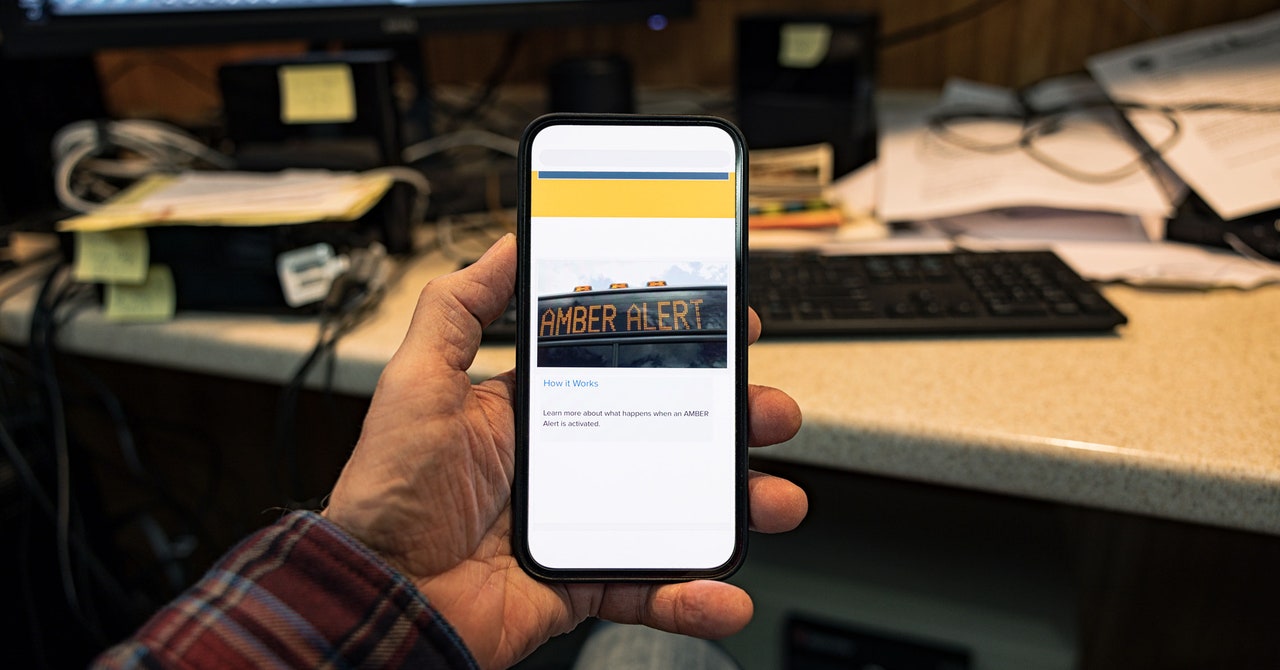Californians Say X Blocked Them From Viewing Amber Alert About Missing 14-Year-Old
People in Missouri reported encountering a similar issue in July 2023, when the Missouri Highway Patrol sent out another Amber Alert push notification with a link to an X post. Local residents similarly spoke out about how they could not see the alert unless they logged onto the platform. “It was quite a change” from how the alerts used to work, says Missouri Highway Patrol lieutenant Eric Brown, who works in the public information and education department.
But the incident ultimately didn’t prompt the Missouri Highway Patrol to abandon X as its go-to platform for Amber Alert push notifications. According to Brown, when X verified the law enforcement agency’s account as an official government entity, the log-in issue problem went away and the public could once again “access our posts.”
Several of the California Highway Patrol’s official X accounts have the same verification badge as the Missouri Highway Patrol, including the one devoted specifically to disseminating active alerts statewide. However, not all of the California agency’s accounts appear to be verified, including what looks like the official channel for the CHP’s Southern Division, which includes Los Angeles county.
When it was known as Twitter, X was widely viewed as an essential part of global disaster and emergency communications infrastructure. Government officials and agencies around the world relied on the service as a way to broadcast information about hurricanes, mass shootings, and other crises. Before Musk took over the platform in 2022, anyone could view public tweets in their browser regardless of whether they had an account on the site or installed Twitter’s mobile app. (In 2015, the company reported that over 500 million people visited Twitter’s site per month without logging in.)
In June 2023, reports that X had started locking content behind a log-in screen began popping up online. At the time, Musk called the move a “temporary emergency measure” that was put in place because X was “getting data pillaged so much it was degrading the service.” It’s unclear exactly what Musk was referring to, but the same month he expressed concerns about AI companies like OpenAI allegedly scraping Twitter posts without prior authorization.
It now looks like the decision to turn X into a more closed platform stuck. According to tests conducted this week, X has continued to limit what people without accounts can see. WIRED looked at several of its staff reporters’ X accounts without logging in, for example, and was only able to view a sampling of their popular posts rather than a comprehensive chronological feed. It does appear that accounts run by government entities are not restricted in this way; all of the posts shared by the California Highway Patrol’s alerts account can be viewed without logging in.
Aside from allowing anyone to view content shared on the platform, another way Twitter previously helped emergency communicators was by giving them free access to its API, which Musk later revoked. That allowed organizations like the US National Tsunami Warning Center to send automatic alerts about potentially deadly natural disasters. Researchers and first responders could also use the API to monitor activity across Twitter and “extract key insights, such as identifying risk hotspots or combating misinformation,” says Hughes. “The platform’s role has shifted as policies and public usage evolve, so its effectiveness today may look quite different.”
Despite these drawbacks, X still remains an important platform for relaying information during emergency situations. In October, several government information officers emergency told PRWeek they planned to continue posting updates on X despite its diminished usefulness because they had amassed large followings on the site, and their priority ultimately remains ensuring accurate information reaches as many people as possible. But the incident in California this week highlights how government agencies can run into problems when third-party services once considered reliable later change their policies in an unpredictable ways.







